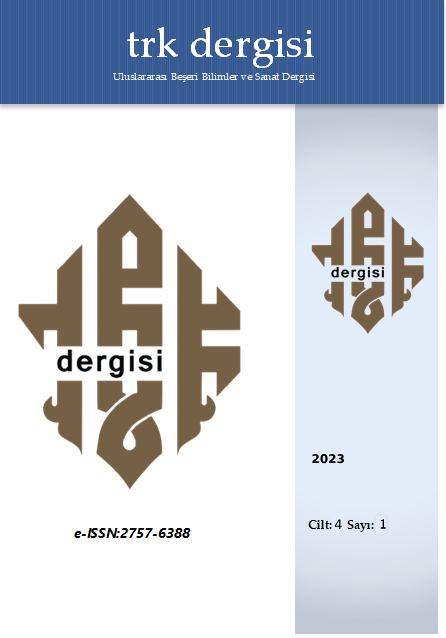Using Art Therapy Techniques on Examination and Limitations of Narrative Therapy
DOI:
https://doi.org/10.5281/zenodo.8277754Keywords:
narrative therapy, art therapy, therapy, psychotherapy, Therapeutic TechniquesAbstract
The aim of this study is to examine the emergence of narrative therapy approach which is an increasingly needed approach in the field of psychotherapy, on the basis of important contributors, basic tecniques, importance and requirements, and to benefit from the art therapy approaches in term of its limitations. Unlike traditional psychotherapy approaches, narrative therapy and art therapy are shaped on the basic philosophical view on which the 21st century is based.At this point, it was influenced by postmodernism which increased its influence after World War II an even developed in paralel with the philosophy of postmodernism.Narrative therapy has made “Language” and “Dominant Discourses” the main focus, helping the coprehend the importance of its effect on the individual’s life, and the therapy process was developed on this awereness axis.Art Therapy, on the other hand, made is possible to master all stages of the therapeutic process by intervening in areas outsideof language proficiency.In this way, while the therapist has the opportunity to use his cognitive capacity, Professional competencies, knowledge and skils at the highest level, the client will be able to maximize the satisfaction from the process, gain new coping strategies, his perspective on events can be shaped and ultimately his domination over his life becomes more fuctional, active and distinct. They will not have a hard time dealing with many of the emotions.As it can be understood, the biggest en most important task that falls on the client in this relationship and process is to support the client in order not to experince returns on the way, and to show the client how it will be possible to maintain the level he is in over time.
Downloads
Published
How to Cite
Issue
Section
License
Copyright (c) 2022 trk dergisi

This work is licensed under a Creative Commons Attribution 4.0 International License.





